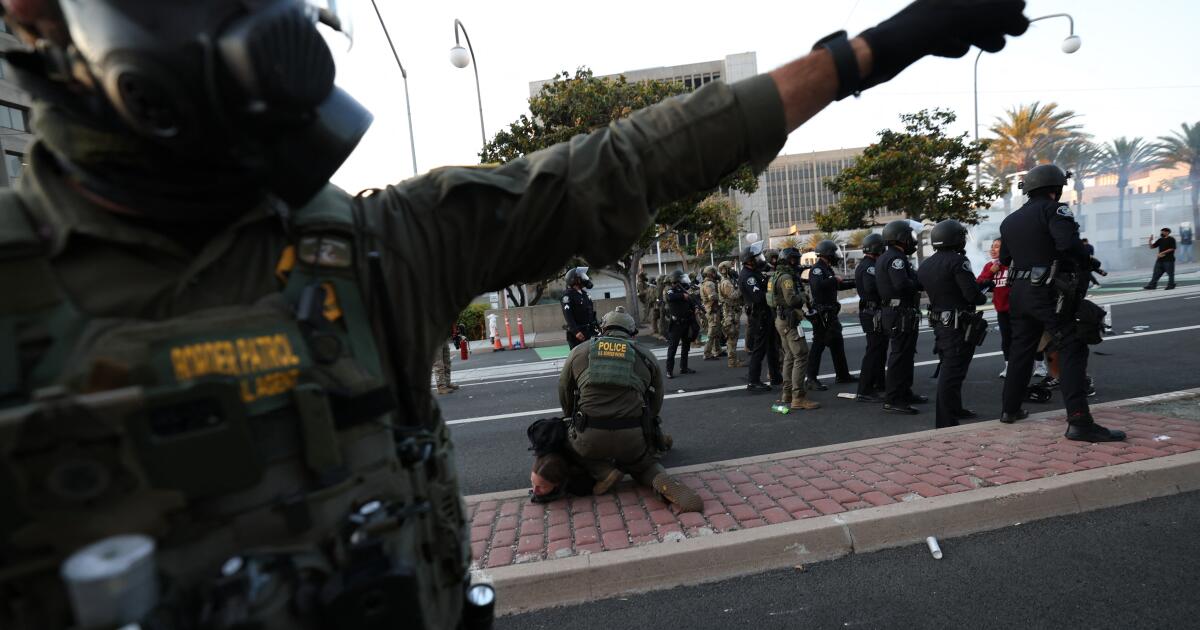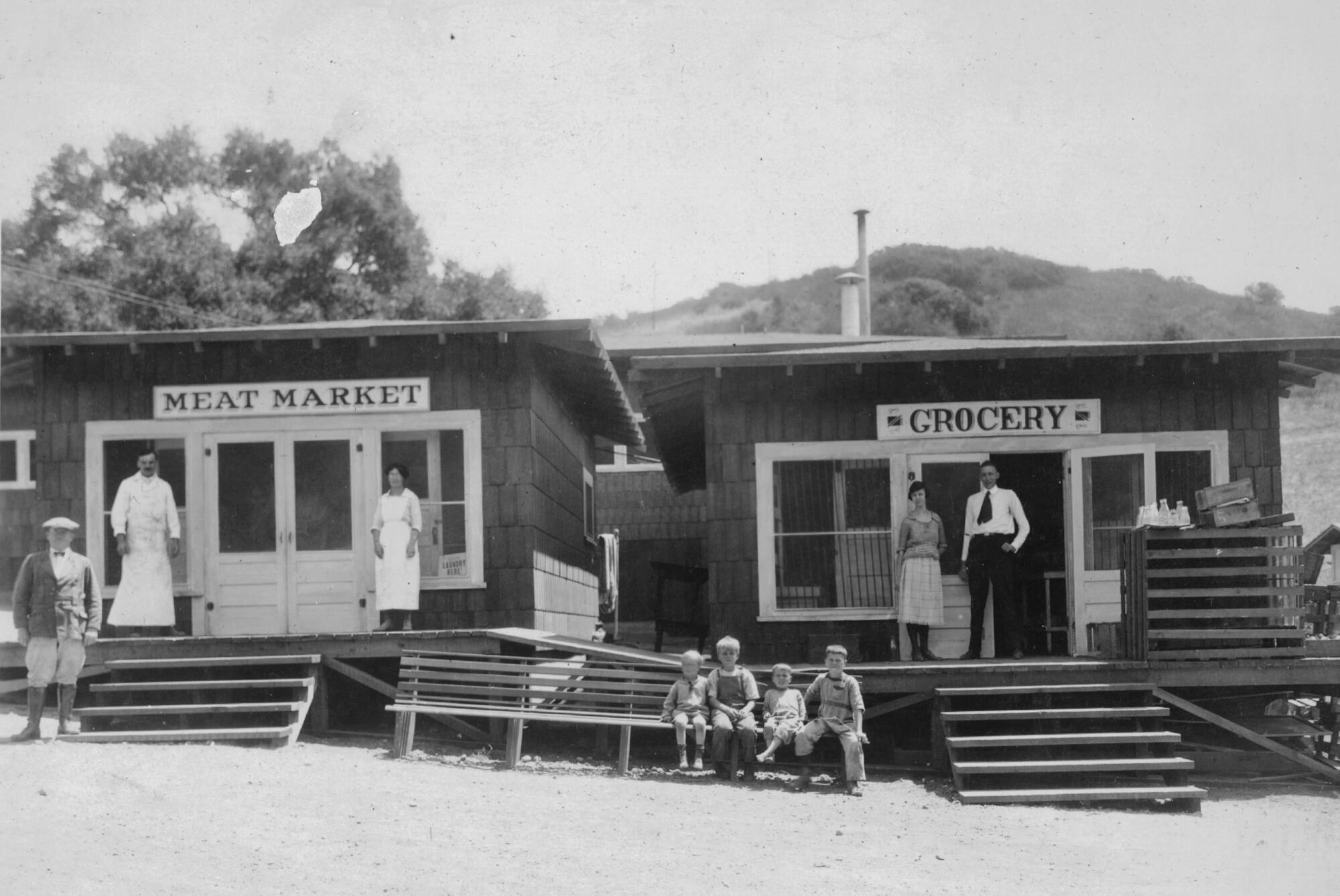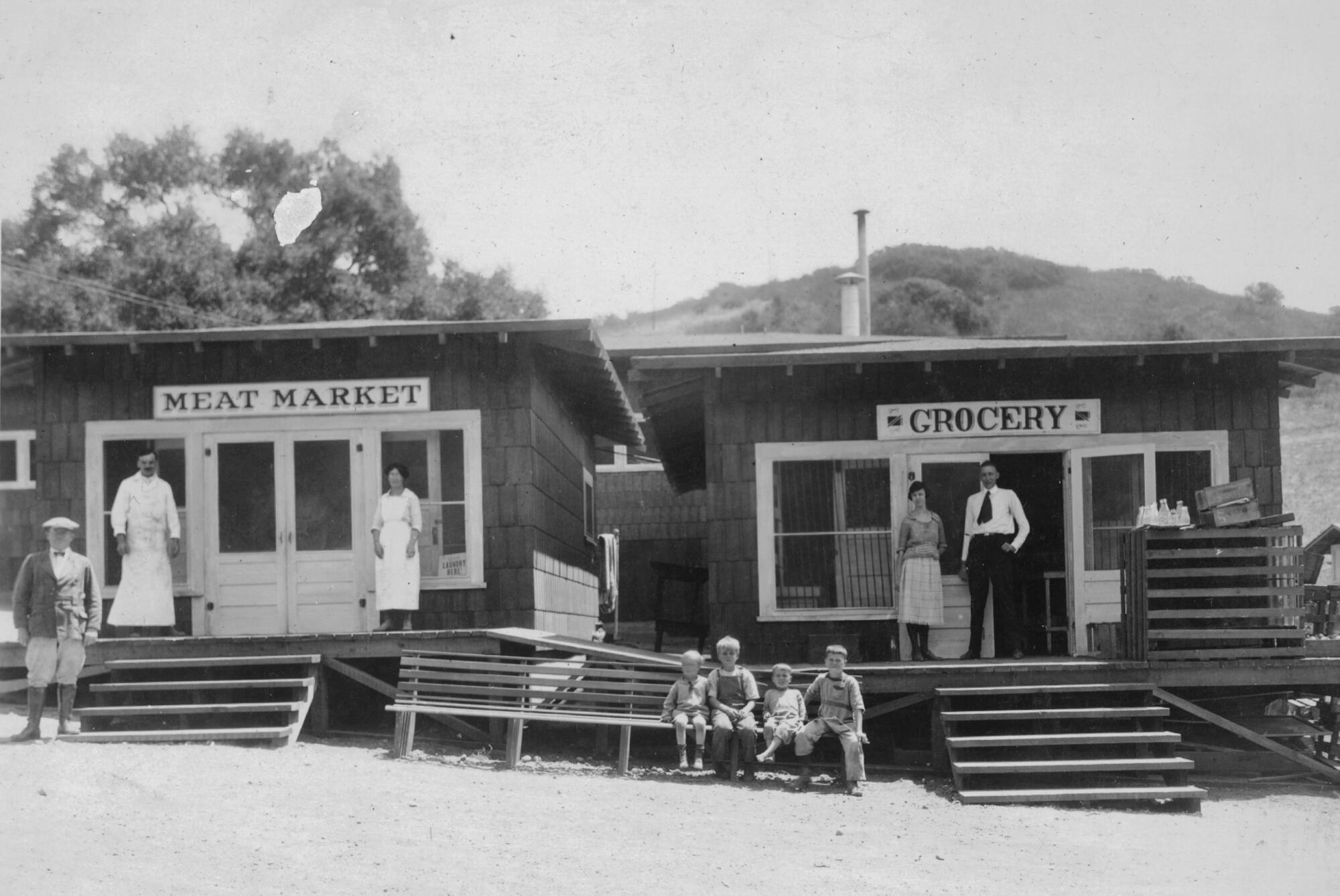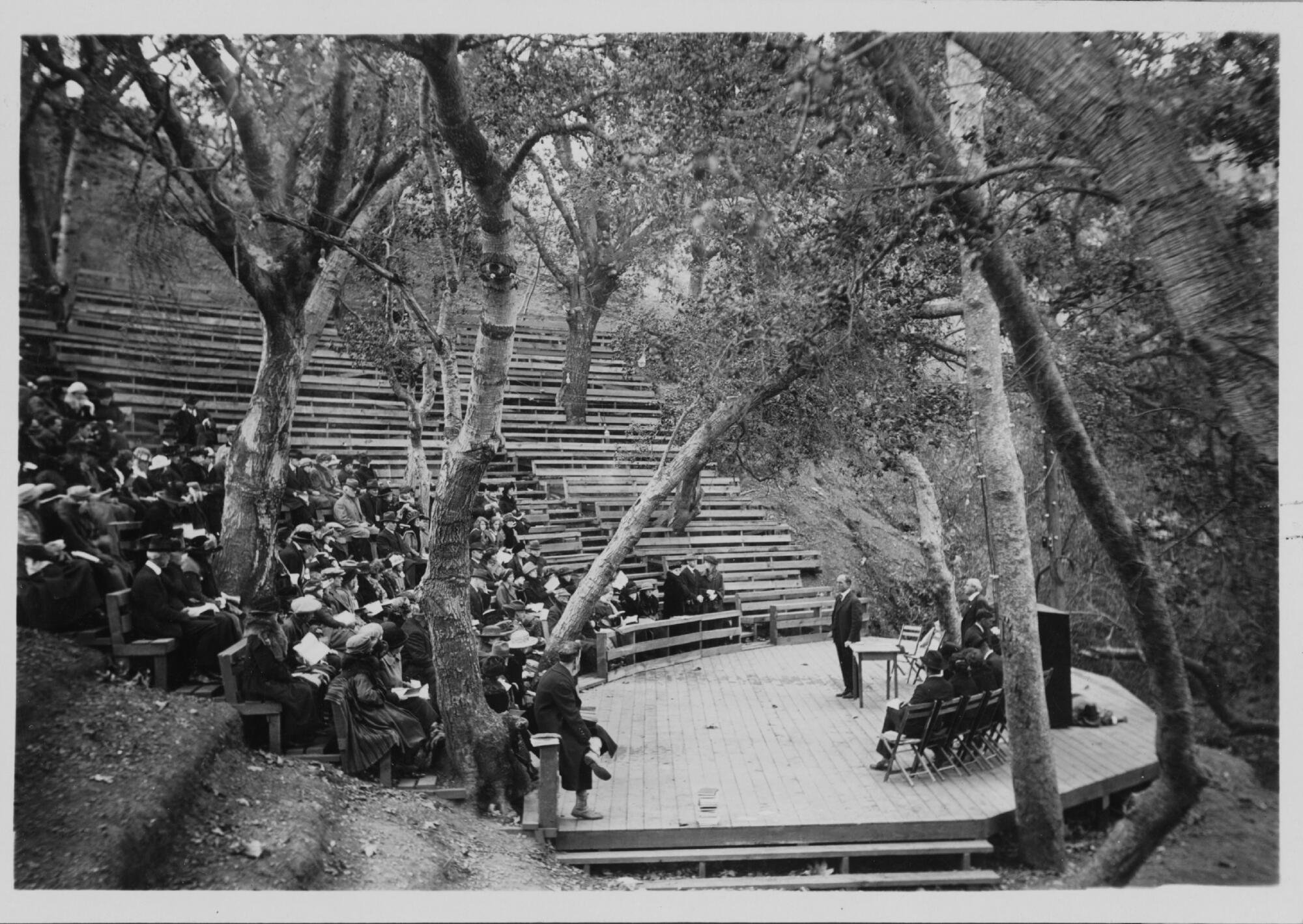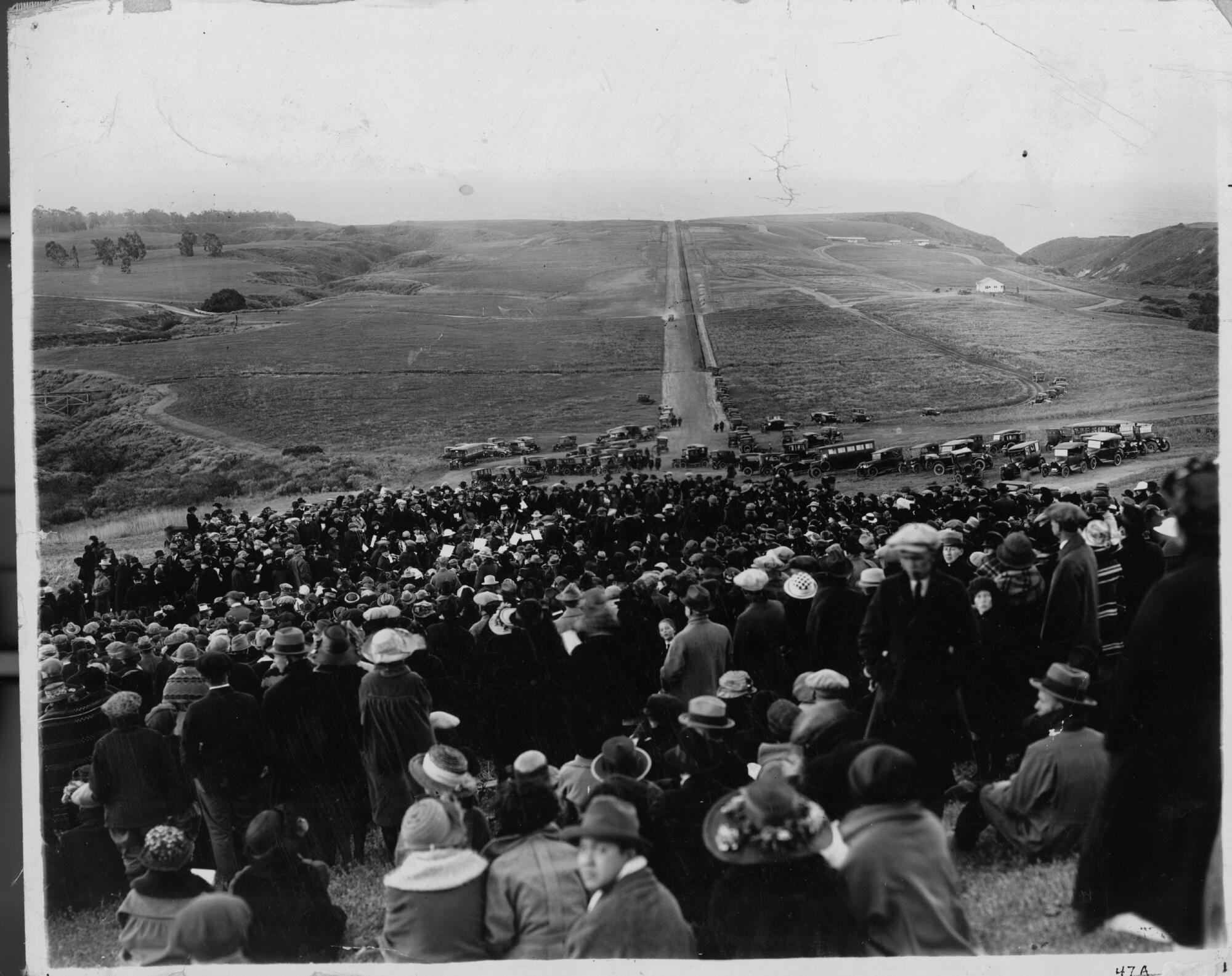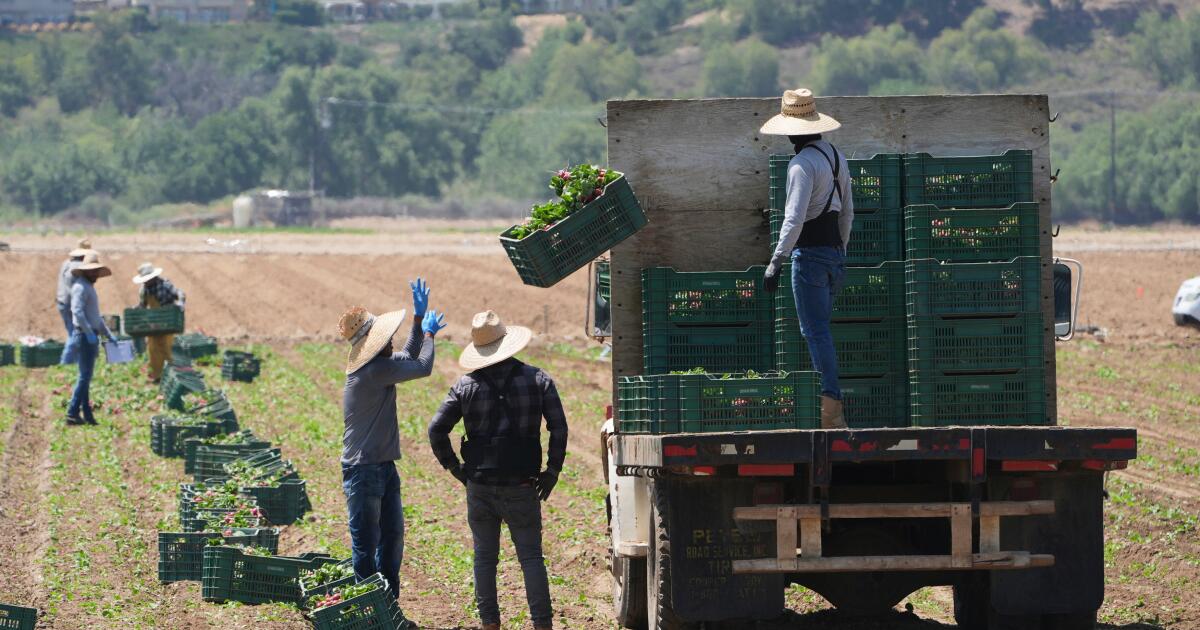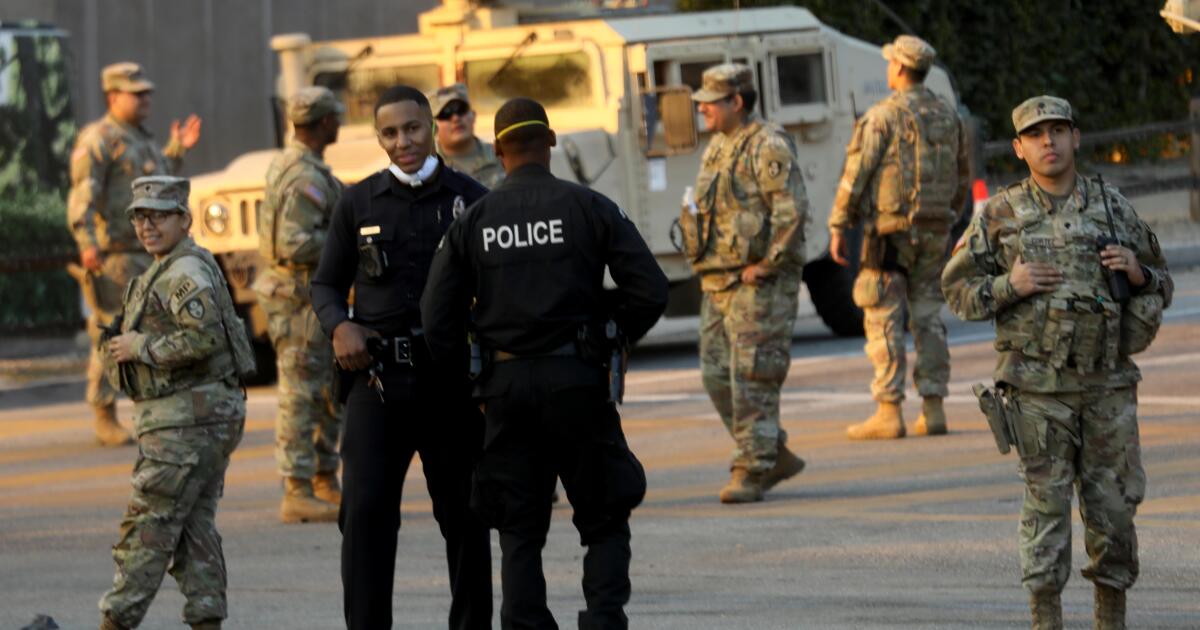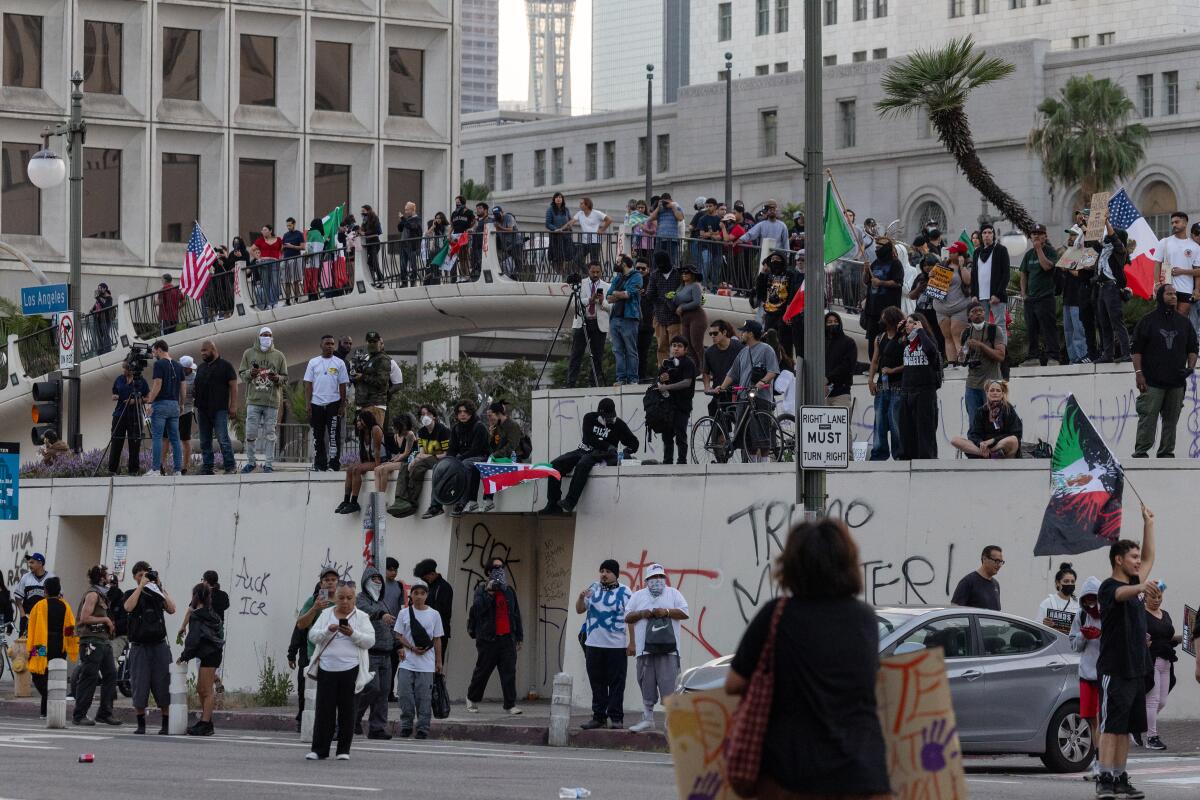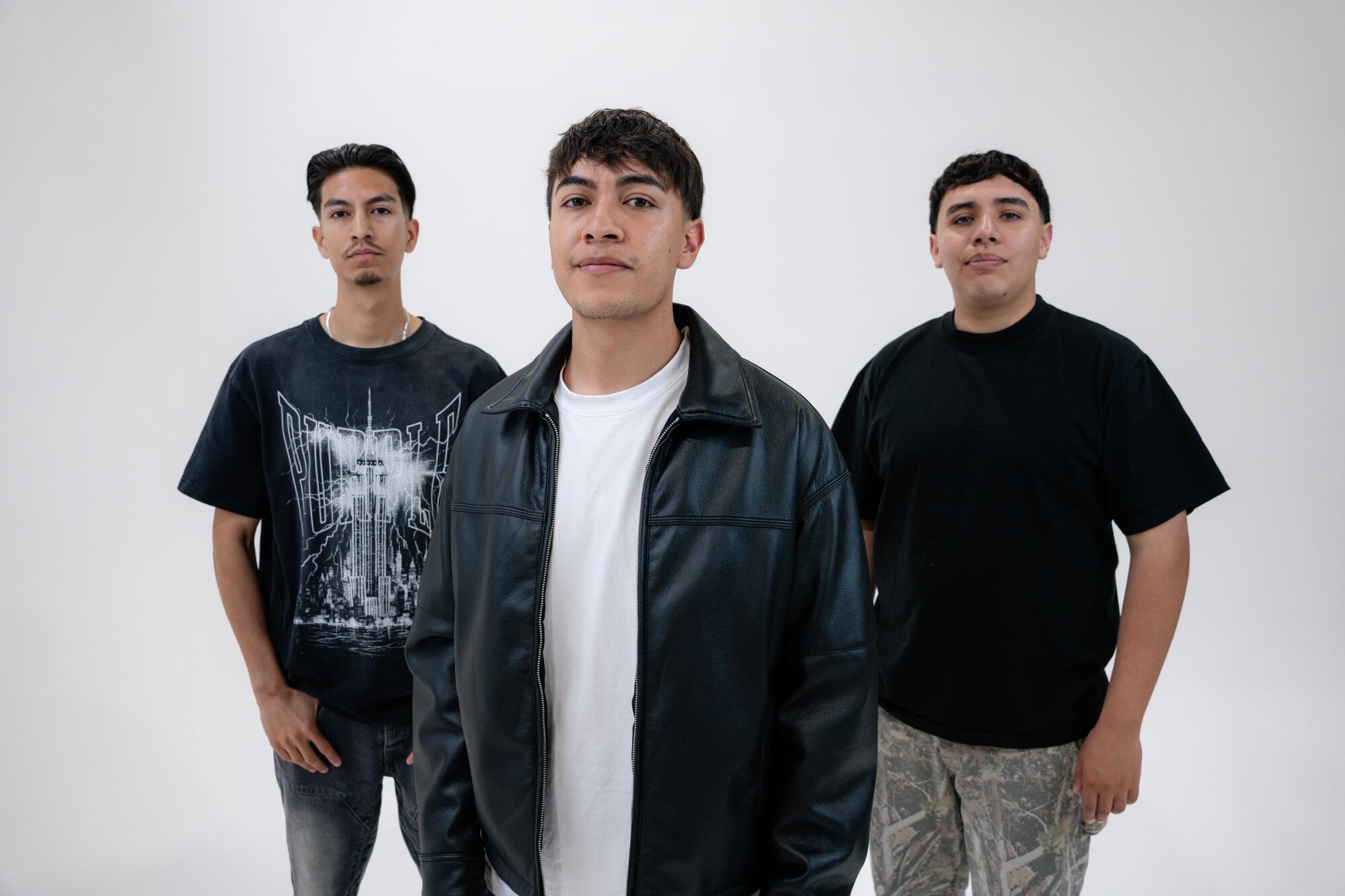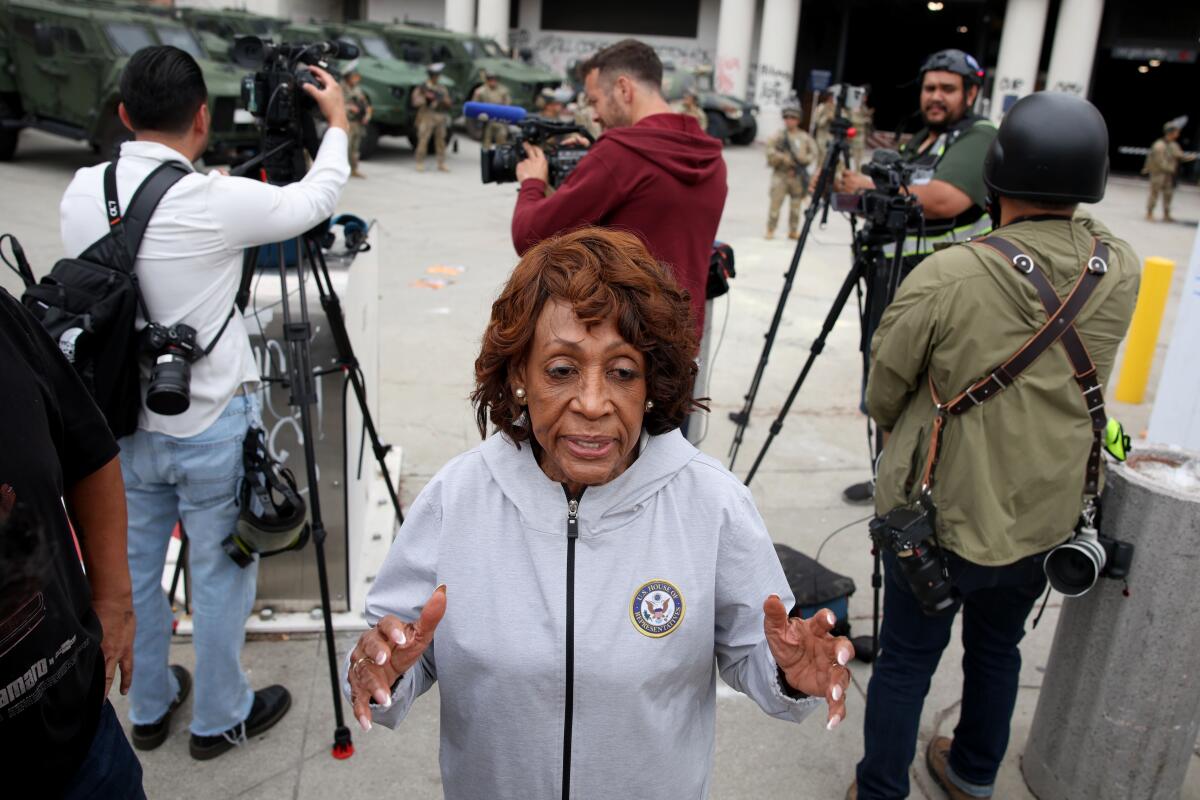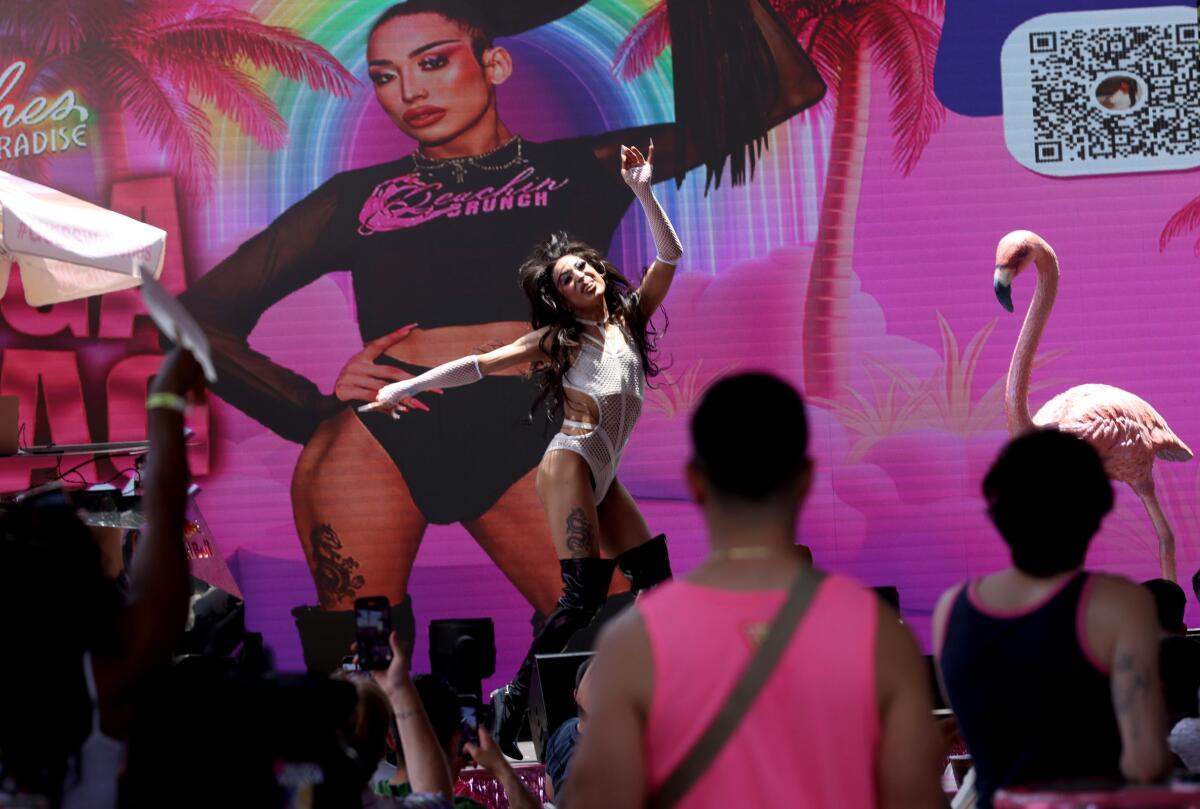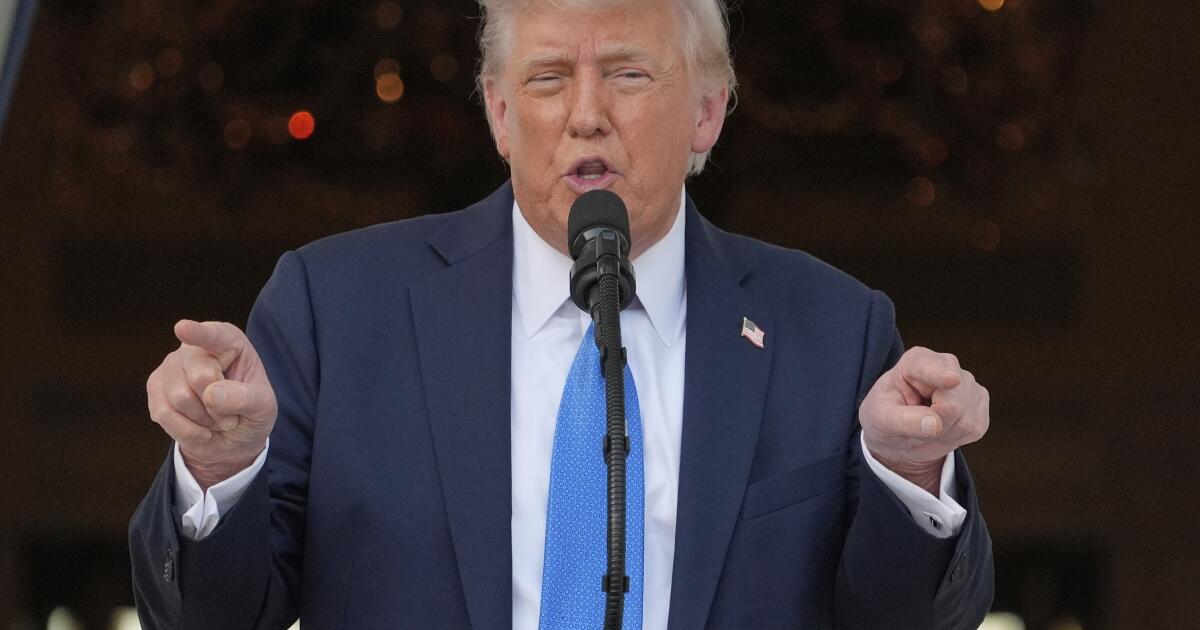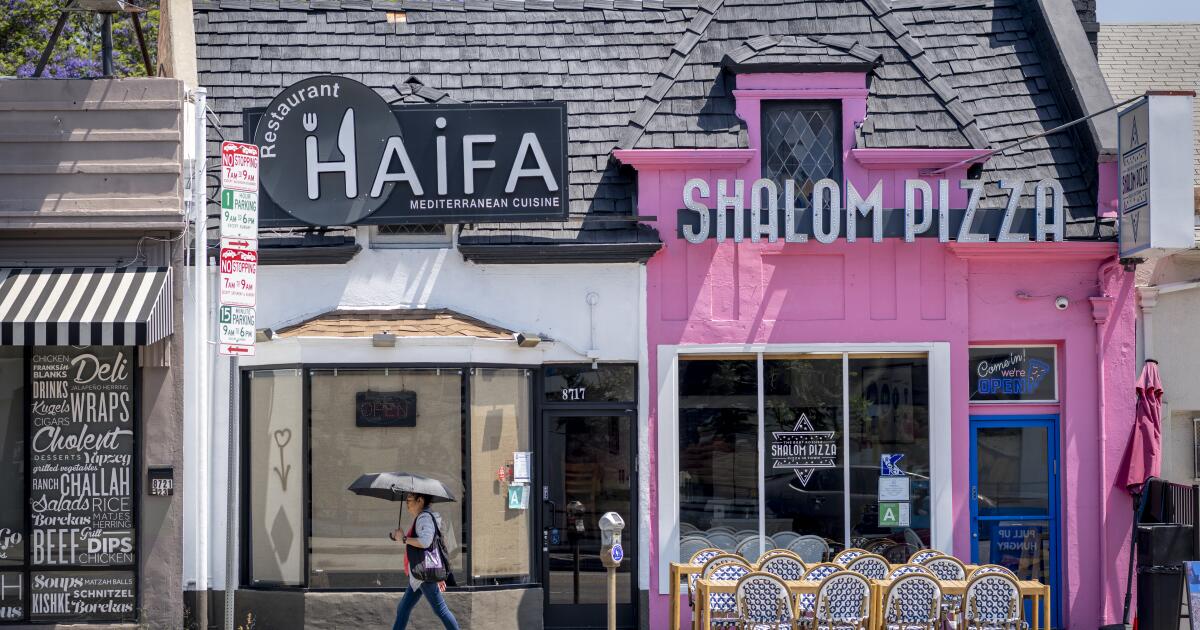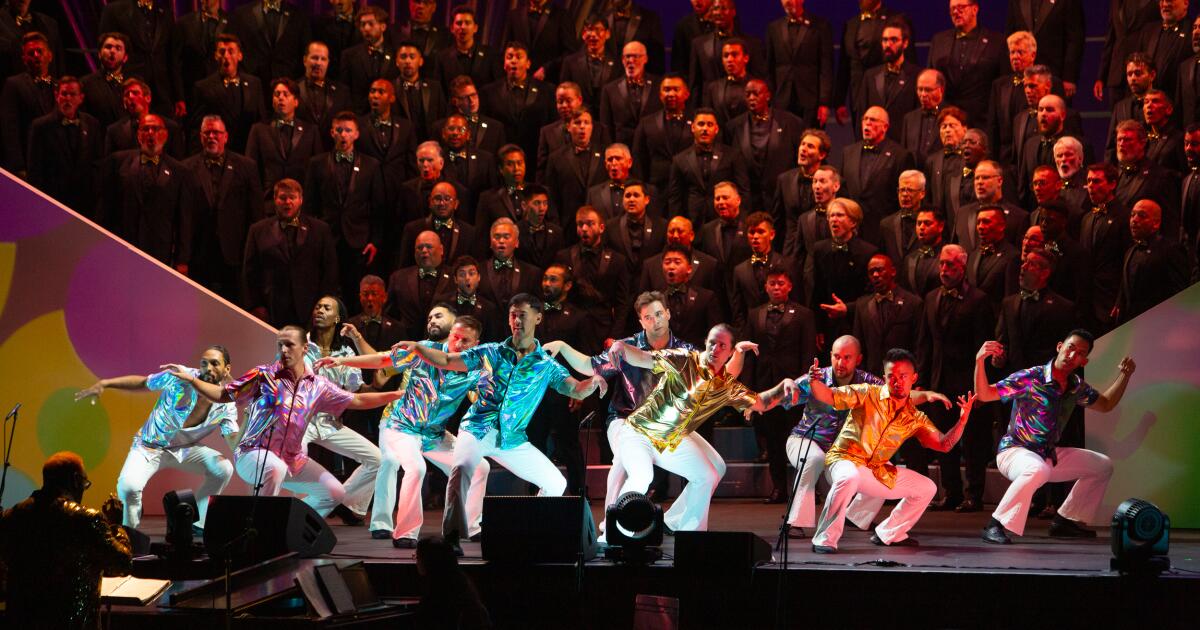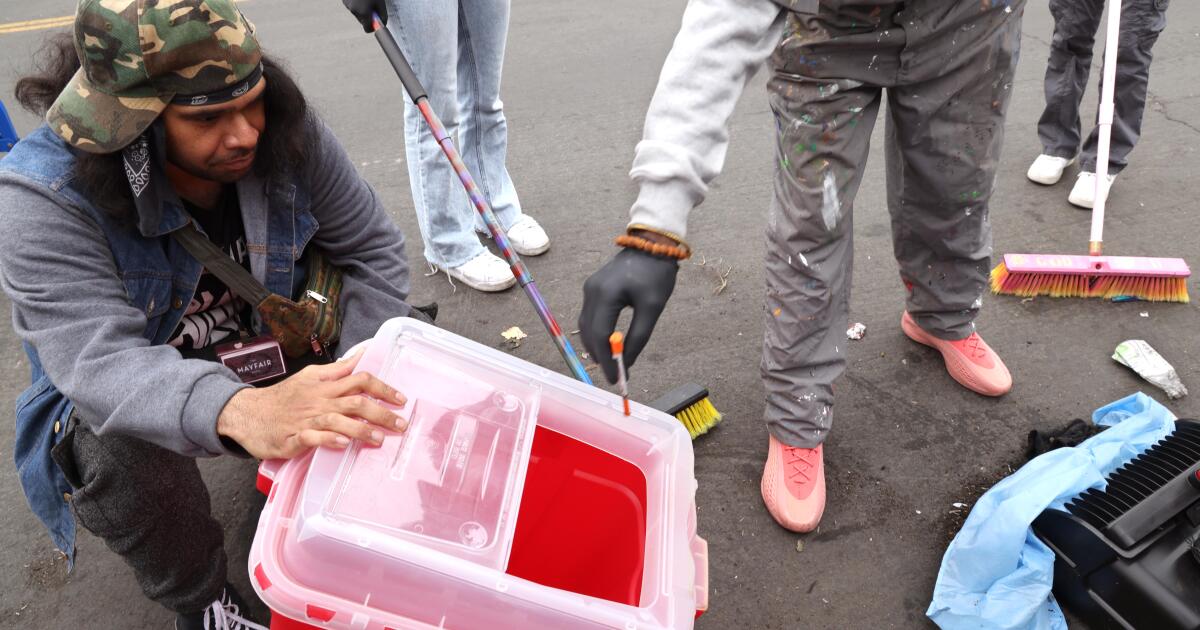‘Trans Los Angeles’ looks at life in L.A. through a fresh lens
As Mayela got off the bus, she saw Immigration and Customs Enforcement officers raiding the pupusería she worked at in Los Angeles. The undocumented transgender Salvadoran woman watched from behind a car as her co-workers — including another trans Central American woman — were handcuffed and taken away in broad daylight.
“I had so much hope when I arrived to this country,” Mayela, played by Fernanda Celarie, says in her prayers later on. “Now that I’ve begun to feel comfortable living here, this is a nightmare. Why so much pain and suffering?”
“Trans Los Angeles” director Kase Peña wrote that scene into her feature film well before the ongoing ICE raids and subsequent protests in L.A., but the harsh reality of fear for the many undocumented people of the city was something she knew she needed to include.
“When I wrote it in 2021, ICE was a hot subject, and then it died down,” Peña told said ahead of her film’s premiere at the Los Angeles Latino International Film Festival on May 30. “My film was always relevant and needed. The fact that who we have in the White House right now makes my film even more relevant, more needed now that he’s brought the ICE thing back. That part [of the movie] is not going to look old. It’s unfortunate, but that’s going on.”
This is what Peña set out to do with her feature-length movie, which is composed of three non-overlapping vignettes sharing a wide-ranging set of experiences that Angelenos face daily.
Born and raised in New York, the Dominican American director moved to L.A. nearly a decade ago and was inspired to make her film after noticing a lack of representation for trans stories that reflected the realities of her community.
“When I started hanging with my trans community here in Los Angeles, my intentions were not to tell those stories,” Peña said. “It was something that I felt like there’s a void here, and I’m the right person to tell it because I’m both a filmmaker and a trans person.”
While the storylines of “Trans Los Angeles” drew inspiration from Peña’s personal experiences and fellow members of the trans community‘s stories, the film’s format was influenced by global cinema.
The director pulled from the seminal Soviet/Cuban political work “Soy Cuba” to land on the vignette structure of her film. She had originally wanted to mirror the 1964 movie’s four episodes but was unable to secure funding — a common dilemma faced by truly independent filmmakers — for her fourth snippet, which centered on a transmasculine character.
“A lot of people ask you questions like, ‘Why don’t the stories intertwine?’ It’s because it makes my life more difficult as an independent filmmaker,” she noted. “If you give me a million dollars, I can make the stories intertwined, but I was only getting enough money to shoot one segment at a time. I didn’t have money to shoot all three segments.”
These restraints forced “Trans Los Angeles” to be filmed over the course of several years. The first vignette, “Period,” was shot in March 2021; “Feliz Cumpleaños” was filmed soon after in June; “Trans Day of Remembrance” had to be pushed due to finances and was eventually recorded in November 2023 on Peña’s iPhone. That last segment was shot using “stolen locations” for exterior scene — the crew showed up to a spot and recorded without having film permits or insurance.
“That’s one reason why I decided to shoot it with my iPhone,” she said of the guerrilla filmmaking strategy. “If somebody would have came to me and said, ‘Hey, what are you guys doing over there?’ [We’d say] we’re just shooting something for Instagram on my iPhone. They’d be like, ‘Oh, OK.’”
The vignette “Period” centers on Vergara, a formerly incarcerated trans Latinx woman played by actor and model Carmen Carrera. The character lands a job as a nanny to a preteen girl while doing sex work on the side.
Carrera says she was drawn to the project because Peña’s script allowed her to portray a three-dimensional character.
“That is valuable because oftentimes us trans people are told that we’re not valuable, or that we’re wrong for existing, or that we shouldn’t be around kids, or we shouldn’t have responsibility or be people who are a contributing factor to society,” Carrera told said. . “It’s a reflection of my own life too. I am an active girlfriend, I am an active daughter, I’m an active sister. The trans experience is just a small part of my life. It’s not the totality of my human experience. I was just happy I felt more related to Vergara because it’s how I have always felt as well. In my own life, people judge me all the time.”
Another aspect of “Period” that connected Carrera to Vergara was the character’s relationship with her mother.
“I think as a first-generation American, you have that extra layer of [thinking], ‘My parents came to this country and sacrificed so much, and if I don’t make them proud it’s gonna be a waste,’ ” she said.
Central to the plot of “Period” was the community that Vergara was able to tap into thanks to the TransLatin@ Coalition, a real-life advocacy group based out of L.A. that seeks to create safe spaces for transgender, gender expansive and intersex immigrant women in the city.
“The reason the TransLatin@ Coalition is in the film is because that came from me,” Peña said. “I in real life have gone to TransLatin@ to seek the services that they provide for trans people of color. Because I’m a writer and I go there, I see this place and I’m like, ‘I can tell the story and include them.’ ”
The second segment of the feature, “Trans Day of Remembrance,” is named after the annual day of observance on Nov. 20 of those whose lives were lost due to transphobia.
The story follows Phoebe (Austria Wang), a Taiwanese American transgender woman, as she maneuvers her romantic life and processes the death of one of her fellow trans friends. For this vignette, Peña intentionally cast transmasculine actor Jordan Gonzalez to play Phoebe’s cis boyfriend, Sam. .
“We’ve had cisgender people play trans roles, and it’s the first time [Gonzalez has played a cisgender role]. It was something that they’ve been wanting to do for a while, but this industry doesn’t see them as that, because they only see them as trans,” Peña said. “It was something that they yearned for and perhaps now, because they’ve done it, other people would consider casting them that way too.”
The final segment, “Feliz Cumpleaños,” portrays an ICE raid on a Salvadoran business while telling the story of Mayela’s hopes and aspirations for her life as she prepares for her baptism at an LGBTQ+ friendly church.
As an outsider to the Salvadoran experience, Peña leaned on actual members of the Central American country to adjust and approve of her script.
“I want to acknowledge that I’m not from El Salvador. As a person of color, as a Dominican filmmaker, as a transgender filmmaker, I have often seen filmmakers from other communities come and tell my story, and they don’t check in,” Peña explained. “They think they can just write it. They don’t get it right sometimes, and then they go win major awards. I didn’t want to disrespect the community like that.”
Peña emphasizes that the movie tells stories that get to the heart of the struggle and beauty of being human in L.A.
But ultimately her film is only a slice of the overall trans experience, she says, a unique series of stories informed by a writer whose ethos can be encapsulated in her own views on her own trans identity.
“For me, being transgender is not about passing. Being transgender is about having the freedom to be who you are,” Peña said. “I’m not trying to look like a woman. This is me. That’s it, whatever that means.”


